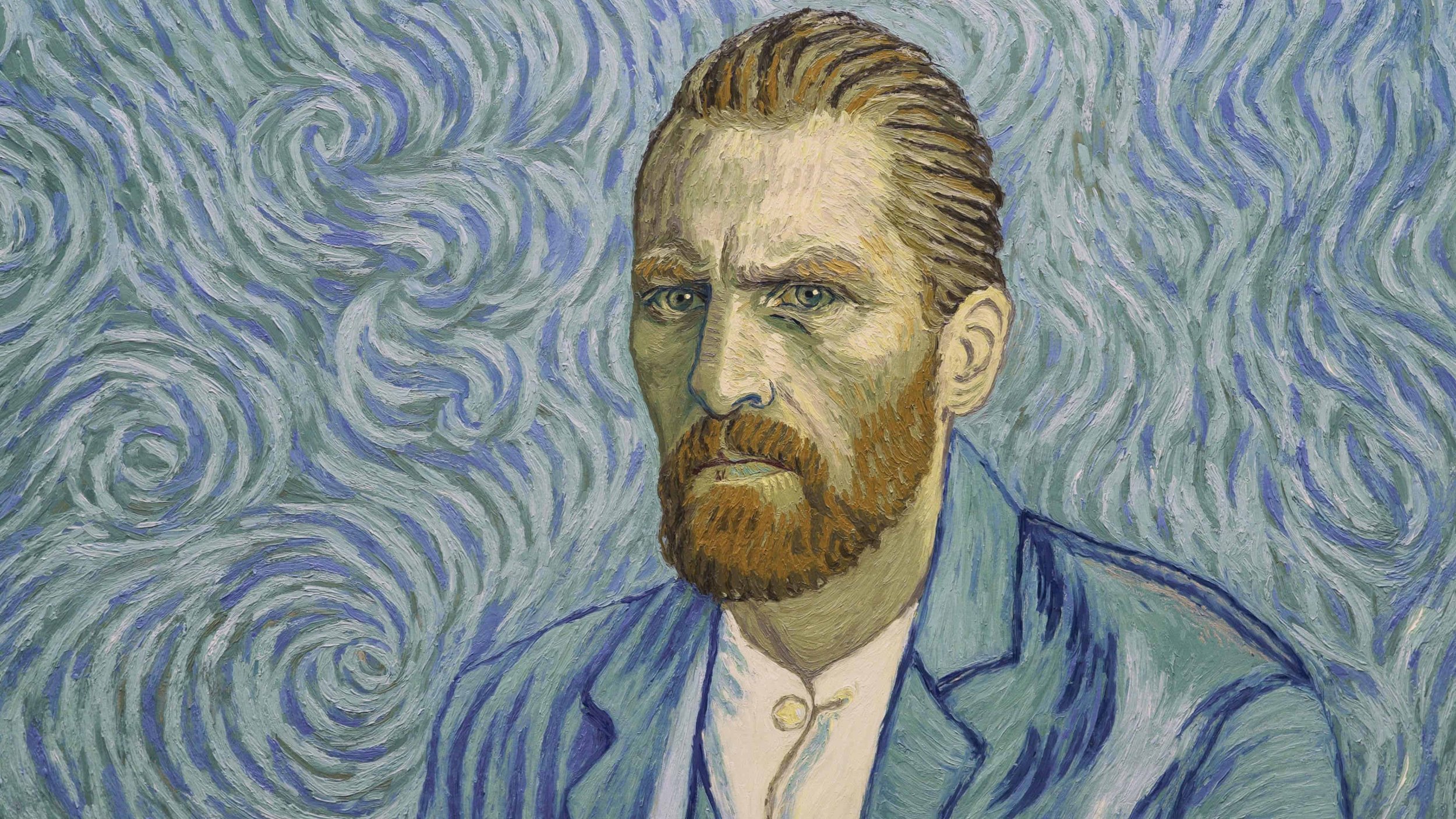
(Van Gogh, n.d.)
Lesson 1 - INtroduction to portraiture
Duration: 90 minutes
Learning objectives and measures for success:
For students to:
Understand how artists use Portraiture to convey features of one’s individual, community, or cultural identity
View key components of Portraiture and learn their significance in artmaking
Understand the elements of portrayal and their role in communicating information or impressions about a subject
Explore the ideas and concepts behind ‘place’ representation within portraiture
Explore the work of Aboriginal and Torres Strait Islander artists, analysing the beliefs, values, and intentions embedded in their practice
Focus code/convention/media form/skill/technique:
Exploration of viewpoints in Portraiture
Exploration of the visual conventions and representation themes in Portraiture
Analysis of Portraiture common techniques and processes
Resources required:
Digital display or projector
Computers
Pens (if required)
Lesson Structure:
Curriculum links:
Conceptualise and develop representations of themes, concepts or subject matter to experiment with their developing personal style, reflecting on the styles of artists, including Aboriginal and Torres Strait Islander artists (ACAVAM125)
Plan and design artworks that represent artistic intention (ACAVAM128)
Analyse a range of visual artworks from contemporary and past times to explore differing viewpoints and enrich their visual art-making, starting with Australian artworks, including those of Aboriginal and Torres Strait Islander Peoples, and consider international artworks (ACAVAR131)
Action 1: Introduction to the unit – 5 Minutes
Introduce students to the unit plan and outline for this 4-week period. This will include the Portraiture exploration component, learning about Expressionism, and how these lead into the assessment task – creating an Expressionism-influenced portrait painting.
Action 2: Introduction to portraiture and the representation of identity – 30 minutes
Using the developed PowerPoint presentation, introduce students to the themes and concepts of Portraiture and work through slides while highlighting prompting questions for discussion. Ensure that students have a good understanding of the elements of portrayal and the connection of ‘place’ and identity.
Action 3: Responding activity – 45 minutes
Following viewing the Portraiture PowerPoint and learning about Portraiture, identity, and place, students will be tasked to view the National Gallery of Victoria’s (NGV) ‘WHO ARE YOU Australian Portraiture’ exhibition (NGV, 2023) and select 1 artwork from the collection to undertake a focused investigation.
https://www.ngv.vic.gov.au/exhibition/who-are-you/
Students will be required to make connections between the artist and the subject/sitter to identify how they have showcased themes of identity and place guided by the following questions:
What stories or perspectives are communicated through the artist and sitter/subject?
What role do each of them have in creating meaning in the portrait?
How do you (the viewer) interpret this artwork and its representation of the subject’s identity? Would this differ between each viewer?
Can you identify the portrayal elements that influence how the portrait is received and represented? choose 3 from the PowerPoint and elaborate on how these are used to demonstrate further meaning
Are themes of ‘place’ used to further convey the subject’s identity? What insights do observations of place lend us towards understanding the subject?
Are themes of the subject’s identity such as culture, community, or personality revealed by the artist’s choice of representation?
(NGV, 2023)
This task should be recorded in their progress folio.
Action 4: Portraiture overview and gathering understandings – 5 Minutes
Bring the class together at the end to discuss the overall purposes and meaning of Portraiture led by questions found on the last PowerPoint slide.
Action 5: Pack up – 5 Minutes
Discuss the topic for next week and encourage students to place the responding task in their folios.
Home Learning:
If students haven’t completed their responding activity, then they should do so between classes
Teacher Actions:
Teachers should rotate throughout the room and have focus discussions with groups or individuals, providing suggestions and support where needed.
Assessment strategies:
Diagnostic – class discussion, monitoring levels of understanding in relation to elements of portrayal and use of portraiture to convey identity
Formative – observation, checking for understanding, progression through research and annotations
Summative –
Download here
Differentiation Strategies:
Students can work in pairs/groups to share understandings and support each other through responding task
If necessary, the workload can be adjusted, for example: setting fewer questions to respond to, identifying fewer elements of portrayal
Inclusions of Indigenous artists, women artists/sitters – seeing diverse identities reflected within curriculum content


